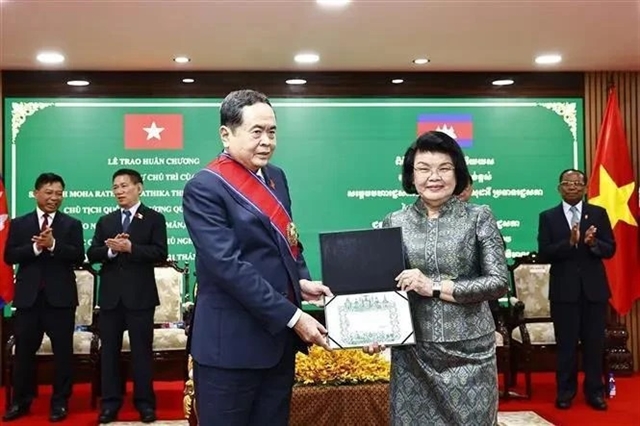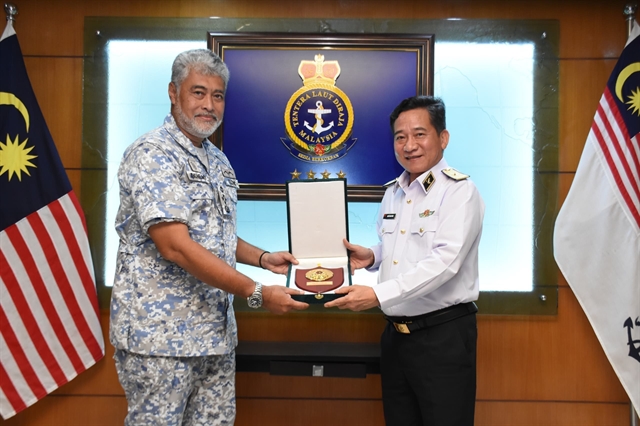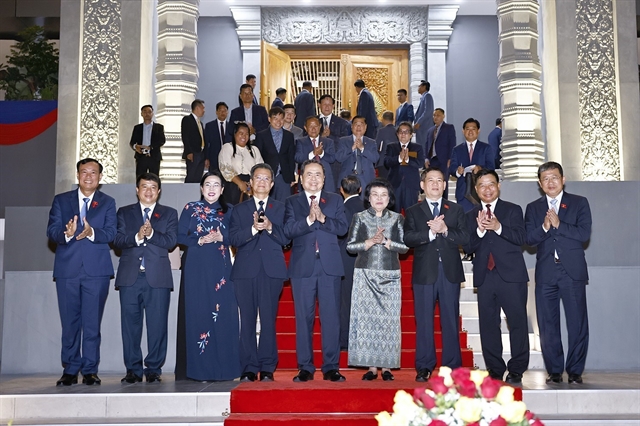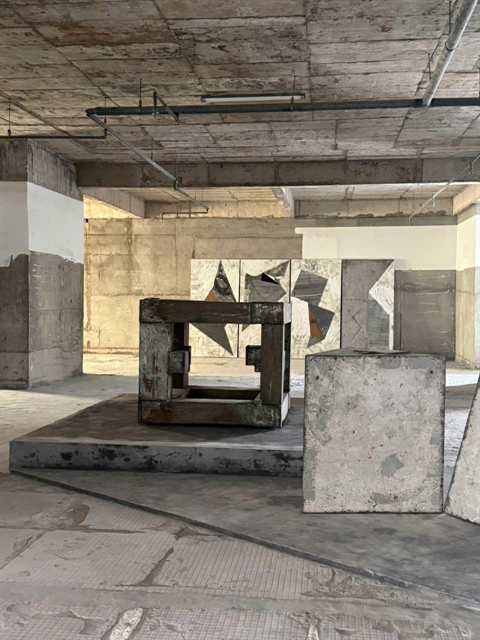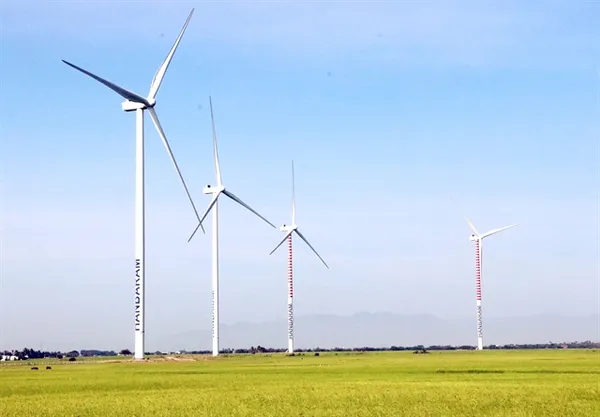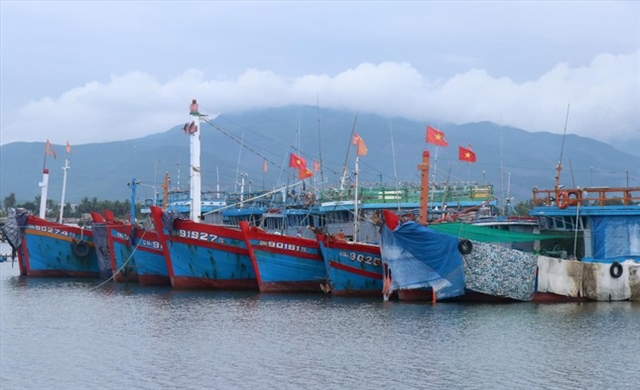 Opinion
Opinion
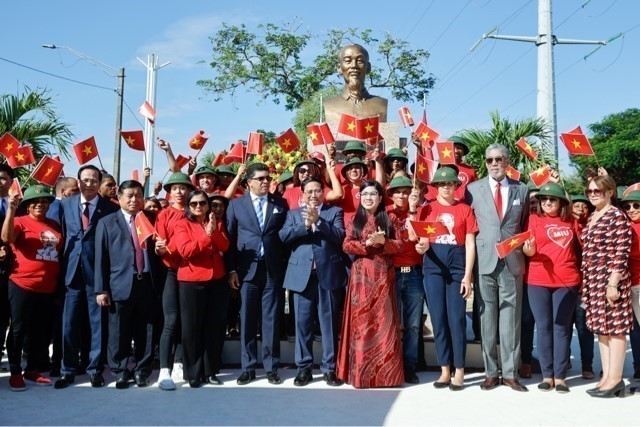
Head of the Ministry of Industry and Trade’s Planning Department Dương Duy Hưng talks to Vietnam News Agency about progress on handling 12 loss-making projects.
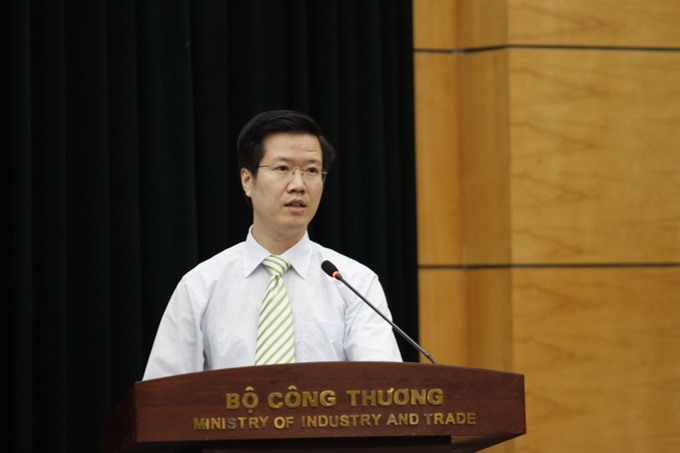 |
| Dương Duy Hưng |
How have 12 loss-making projects under the management of the Ministry of Industry and Trade (MOIT) progressed?
After more than a year since the Government’s Steering Committee carried out an overall review and proposed comprehensive solutions following a request from the National Assembly in 2016 for these 12 projects, many have had positive progress.
Of the six projects that have had production and business activities but still suffered losses, two projects have turned around and started to make profit. Specifically, the Việt Trung Steel Plant made a profit of VNĐ419 billion (US$18.6 million) last year while the DAP Vinachem Plant has also earned tens of billions of đồng.
The remaining projects, especially four projects of Việt Nam Chemical Group (Vinachem) including DAP Lào Cai, Ninh Bình Fertiliser and Hà Bắc Fertiliser, have been operating more stably with higher capacity so the accumulated losses have decreased significantly.
For the three projects that have been temporarily suspended, Phương Nam Pulp Mill has conducted the first auction but has not succeeded and is continuing to prepare the conditions for the second auction. The remaining projects are also looking for partners to be able to operate again.
For the projects of the Việt Nam Oil and Gas Group (PVN), the Đình Vũ Polyester Fiber Plant (PVTex) has resumed operation of three chains in April and produced qualified products.
The most important point is that these projects have resumed operation without any budget from the Government, so they are in line with the principles set by the Politburo and the Government.
Moreover, nearly VNĐ1 trillion ($44.4 million) of State capital in the Thái Nguyên steel plant project has been retrieved.
In addition, by the end of January this year, outstanding credit loans of these projects at commercial banks and credit institutions have fallen VNĐ193 billion ($8.6 million) while payments to the Việt Nam Development Bank (VDB) have decreased by VNĐ45 billion ($2 million).
What are your comments on the progress of solutions to handle poorly operated projects?
Some solutions have progressed. However, the progress is still slower than expected. For example, the handling of disputes arising in EPC (engineering, procurement, construction) contracts of projects is still slow. According to the plan in the first quarter of 2018, we can solve the problems basically but because they are large-scale projects with many complex issues, we cannot have the solutions done yet.
The MOIT has determined that for projects going well, such as the fertiliser production projects, it will continue to reorganise production, manage enterprises, review cost reductions and reduce labour to maintain high production and efficiency.
In the coming time, the implementation of solutions must be closely aligned with the Politburo’s directives as well as the plans and roadmaps approved by the Prime Minister and in particular the specific action plans of the steering committee with the ministries.
With the drastic and synchronous implementation of such solutions, by the end of 2018, we expect that the difficulties of these projects will basically be solved and by 2020, they can be thoroughly handled.
From the point of view of the management agency of these 12 projects, can you tell us what are the biggest difficulties that these projects have not been able to escape?
There are groups of problems that need to be addressed.
The first group includes issues related to the handling of disputes under EPC contracts in several projects. This is a very complex stage because by this point, there are still eight projects facing problems.
With this group, the head of the Steering Committee, Deputy Prime Minister Vương Đình Huệ, stated clearly that if the disputing parties fail to reach an agreement on a settlement, they will be brought to international arbitration. At this time, disputes at the Đình Vũ PVtex project have been scheduled to go into international arbitration in Singapore in November this year.
The second group is the settlement of the project. If the disputes in the EPC contracts cannot be settled, this stage will also be difficult to handle. Therefore, it is important to focus on dealing with this second group.
In some projects, financial and labour resources to restore production and business are also very limited.
Thirdly, with very large-scale projects lasting for many years, the implications for finance and exchange rate are also complicated.
Consequently, the simultaneous handling of economic, labour, social security and environmental issues is a great challenge that requires special attention to be able to handle the projects and gain sustainable results.
In many projects, the capital contribution of the Vietnamese side does not occupy the dominant share so we cannot resolve all the issues of the project.
For example, the contribution of PVN in the project of producing biofuel in Bình Phước is only 29 per cent and 39.7 per cent in the fuel project in Phú Thọ Province. So the issues related to the next project activities still depend much on other shareholders.
Many investors in these projects have asked the MOIT and the Government to intervene in rescheduling debt, freezing debt and managing depreciation to help the projects maintain operation in the current period. What is the MOIT’s view on this issue?
The MOIT’s viewpoint is that addressing the shortcomings in these 12 projects must follow the market principles in accordance with legal provisions. For example, debt or interest rates restructuring cannot be used to handle administrative orders but must comply with bank regulations.
However, the State Bank of Việt Nam will have to provide guidance as well as work with commercial banks and project investors to find a common voice in benefit and risk sharing in the medium and long term.
Accordingly, the debt restructuring will be based on the business plan of the project. If the project is able to recover and come into stable operation and have the ability to repay loans in the future, the parties should sit down to get a specific agreement.
With the current difficulties of these projects, what instructions or recommendations does the MOIT make to bring about fundamental changes in the handling of projects, ensuring the project can resume operation under the market mechanism as set by the Government?
The MOIT has assigned specific tasks for functional departments to follow the progress of work to deal directly with the difficulties of the projects in a timely manner.
This must follow closely the Prime Minister’s Decision 1468 dated September 29, 2017 on the solutions to handle projects. The decision states that solutions must comply with approved principles, plans, solutions and roadmaps. In addition, they must be closely aligned with the 98 tasks in the Steering Committee’s action plan assigned to ministries and localities.
As the focal point and permanent support for the Government’s Steering Committee to handle these 12 projects, the MOIT is closely watching the situation, urging the relevant ministries to tackle the problem in accordance with the approved schedule. — VNS

